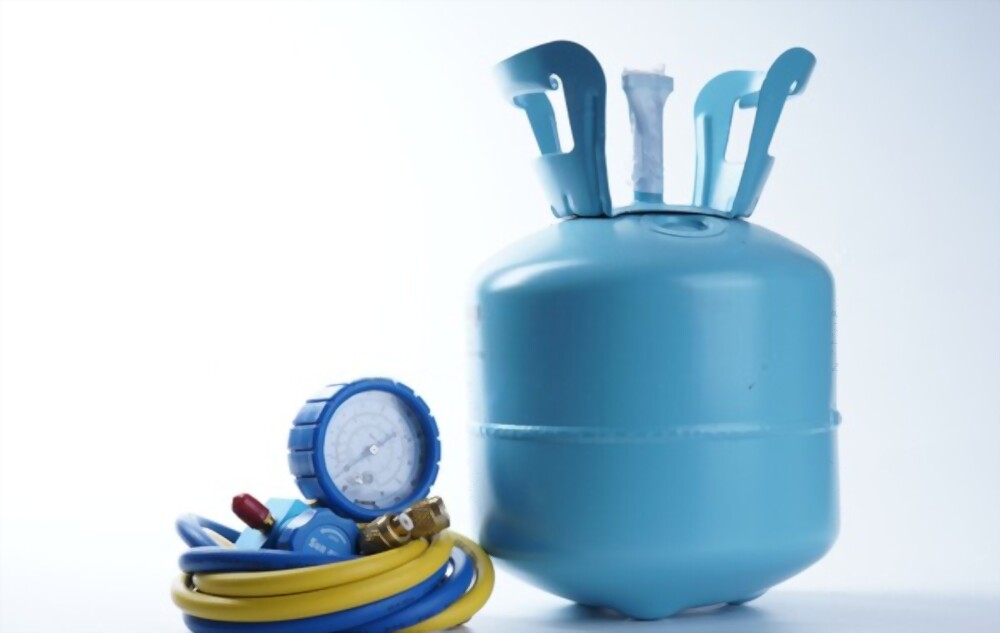As the world grapples with the consequences of climate change, the need for sustainable and efficient cooling technologies has become increasingly critical. Traditional refrigerants, such as hydrofluorocarbons (HFCs), have proven to be detrimental to the environment, contributing significantly to global warming. However, amidst this challenge, a potential solution has emerged: R407c. In this blog post, we’ll explore how R407c could play a pivotal role in addressing the global cooling challenge while ushering in a new era of sustainable cooling technology.
Understanding the Global Cooling Challenge
Before we delve into the potential of R407c, let’s first understand the magnitude of the global cooling challenge. With rising temperatures, the demand for cooling systems has skyrocketed, leading to an increase in greenhouse gas emissions. The refrigerants used in conventional cooling technologies, such as air conditioners and refrigerators, have been identified as significant contributors to global warming.
The Environmental Cost of Traditional Refrigerants
Historically, HFCs, such as R410a, were introduced as a more eco-friendly alternative to chlorofluorocarbons (CFCs) and hydrochlorofluorocarbons (HCFCs). However, recent research has revealed that HFCs still possess a potent global warming potential, and their widespread use has only exacerbated the climate crisis. This realization has prompted the search for greener alternatives that can strike a balance between efficient cooling and environmental responsibility.
Introducing R407c: A Step Towards Sustainability
R407c, a hydrofluorocarbon blend, has emerged as a promising alternative to traditional refrigerants. It combines R32, R125, and R134a in a carefully balanced composition that offers several key advantages. One of the significant benefits of R407c is its lower global warming potential (GWP) compared to its predecessors. With a GWP of 1774, R407c significantly reduces the potential for heat-trapping emissions when compared to older HFCs.
Enhanced Energy Efficiency
Apart from its favorable environmental profile, R407c also exhibits excellent energy efficiency characteristics. Cooling systems utilizing R407c can achieve high levels of performance while minimizing energy consumption, thereby reducing greenhouse gas emissions. This enhanced energy efficiency not only contributes to climate change mitigation but also results in cost savings for consumers in the long run.
Compatibility and Transition
One of the reasons R407c stands out as a potential game-changer is its compatibility with existing cooling infrastructure. Retrofitting existing systems to incorporate R407c is a relatively straightforward process, making the transition to this more sustainable refrigerant more accessible and cost-effective. This compatibility enables the gradual phasing out of older, more harmful refrigerants without requiring a complete overhaul of cooling systems worldwide.
Future Possibilities
While R407c presents a significant step forward in sustainable cooling, ongoing research and innovation in the field are essential. Scientists and engineers are continuously exploring new refrigerant technologies with even lower environmental impacts, such as natural refrigerants like hydrocarbons (HCs) and carbon dioxide (CO2). Nonetheless, R407c provides an immediate solution to address the urgent cooling needs while buying time for further advancements in the field.
Conclusion
The global cooling challenge requires a multifaceted approach that combines energy efficiency, sustainability, and technological innovation. R407c represents a step in the right direction, offering a viable alternative to HFCs and aiding the transition towards more environmentally friendly cooling systems. By embracing R407c, we can strike a balance between our cooling needs and our responsibility to protect the planet. As we continue to explore new possibilities, let us embrace the potential of R407c and collectively pave the way for a cooler, greener future.

